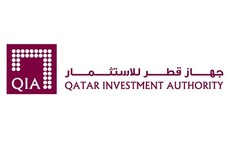
Fundraising perspectives: Capital providers on private equity
Asian GPs have endured a difficult 12 months for fundraising and the region is on course for its lowest annual total in four years. Assorted LPs outline their attitudes to the asset class and the region
THE DEVELOPMENT FINANCE INSTITUTION
Bill Pearce, Acting Head of Investment Funds, Overseas Private Investment Corporation (OPIC)
OPIC is the...
Latest News
Asian GPs slow implementation of ESG policies - survey
Asia-based private equity firms are assigning more dedicated resources to environment, social, and governance (ESG) programmes, but policy changes have slowed in the past 12 months, in part due to concerns raised internally and by LPs, according to a...
Singapore fintech start-up LXA gets $10m seed round
New Enterprise Associates (NEA) has led a USD 10m seed round for Singapore’s LXA, a financial technology start-up launched by a former Asia senior executive at The Blackstone Group.
India's InCred announces $60m round, claims unicorn status
Indian non-bank lender InCred Financial Services said it has received INR 5bn (USD 60m) at a valuation of at least USD 1bn from unnamed investors including “a global private equity fund.”
Insight leads $50m round for Australia's Roller
Insight Partners has led a USD 50m round for Australia’s Roller, a venue management software provider specializing in family fun parks.







